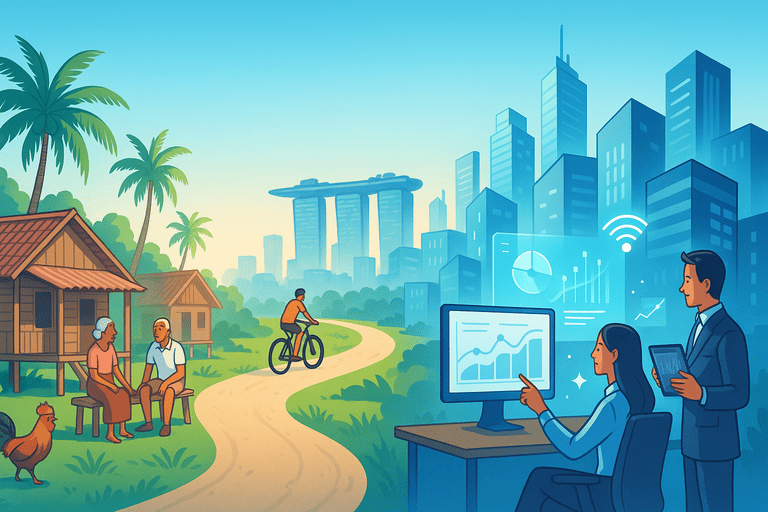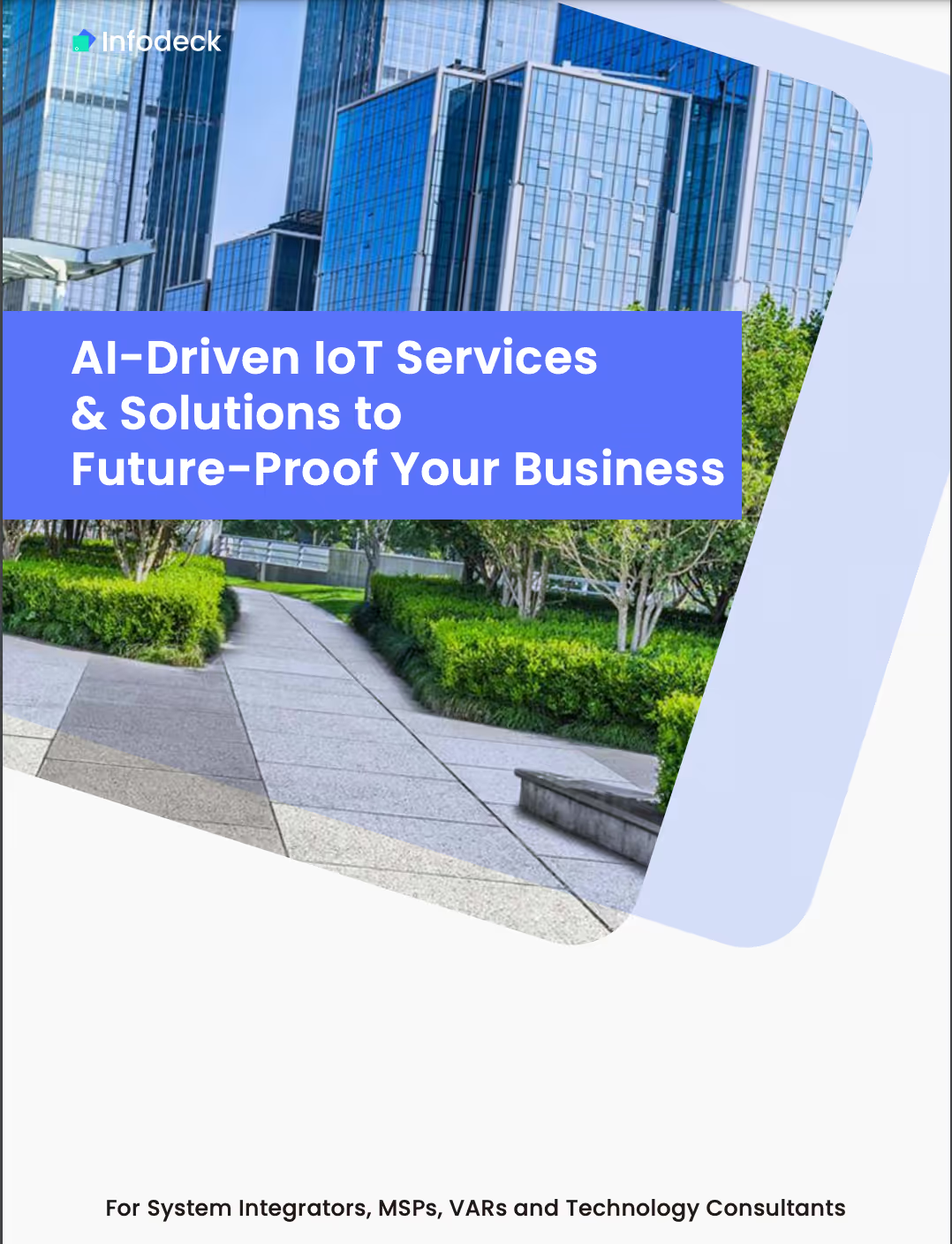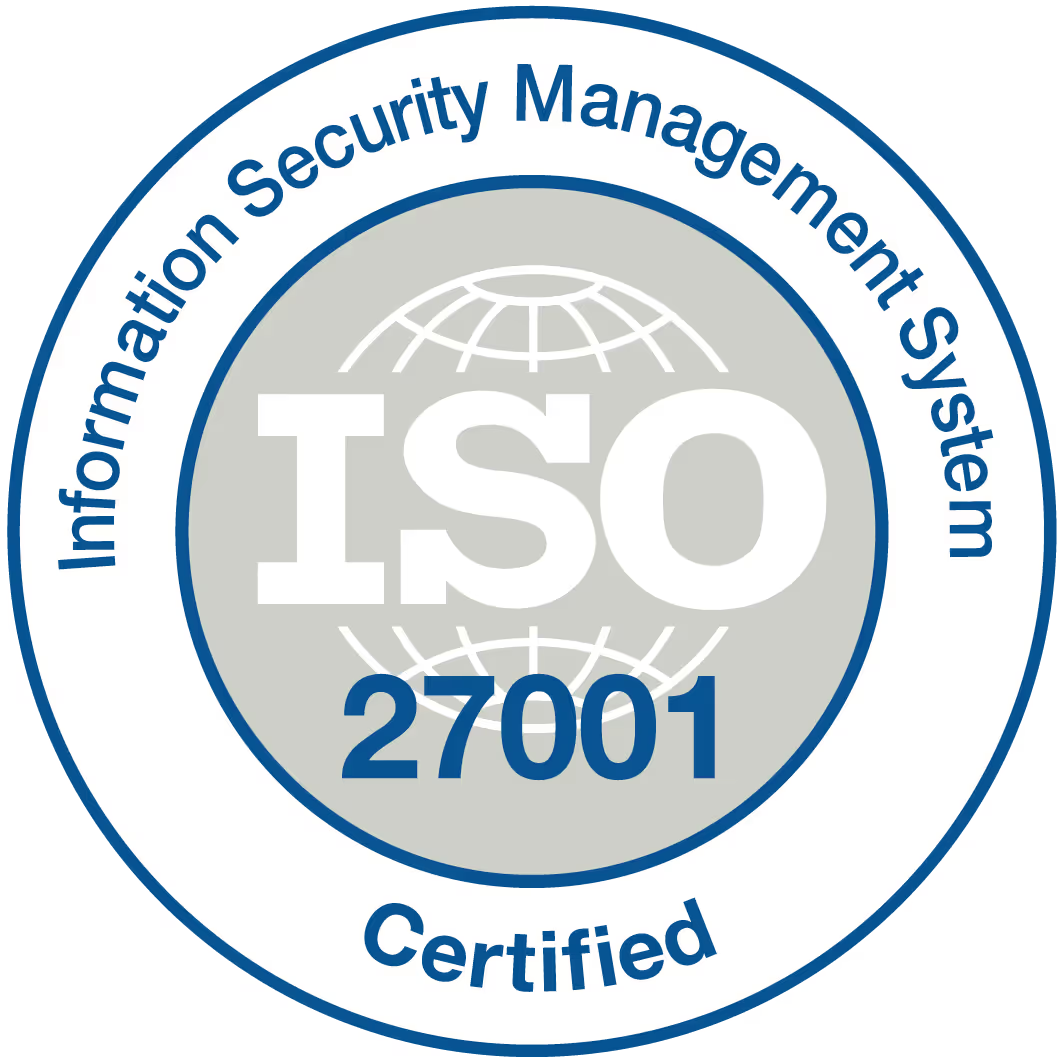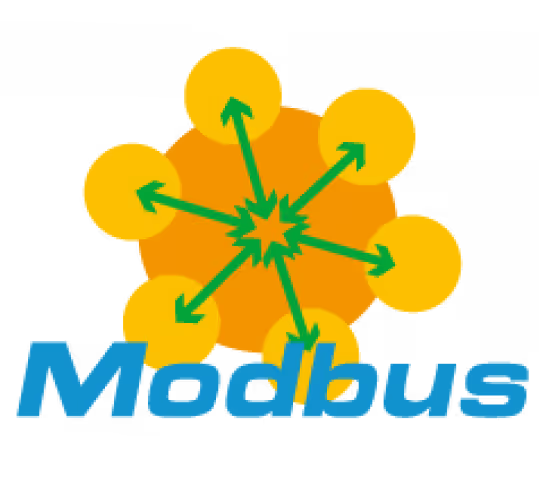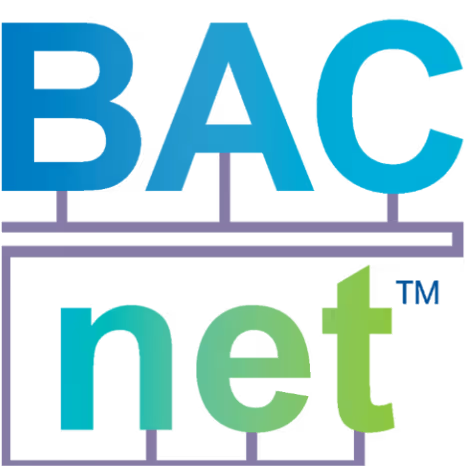The Evolution of IoT Platforms

The Internet of Things (IoT) is a term that describes the interconnectivity of our devices. It allows them to communicate and collaborate with each other, bringing convenience to our daily lives. For instance, your phone can seamlessly sync with your computer, and your smart fridge can notify you when you're running low on milk. But have you ever wondered how this magic happens? Well, that's where IoT platforms come into play.
IoT platforms act as the superheroes of the IoT world, enabling devices to connect and exchange information. In the early days, these platforms were basic services facilitating device communication. However, as time progressed, they evolved into powerful entities. Nowadays, IoT platforms serve as the brains behind the operation. They have the capacity to handle vast amounts of data and assist businesses in making informed decisions.
Consider this scenario: imagine you own a store equipped with IoT sensors that monitor foot traffic. With the help of an IoT platform, you can consolidate all this data into a single interface. This consolidated view empowers you to make intelligent decisions regarding staffing and inventory management. The benefits of IoT platforms extend beyond stores; they have revolutionised industries such as healthcare, retail, and manufacturing.
In the healthcare sector, IoT platforms enable doctors to remotely monitor patients and identify potential issues before they escalate. Retail stores leverage these platforms to track inventory, ensuring they never run out of popular items. In the manufacturing industry, IoT platforms streamline operations, promoting efficiency and productivity.
The journey of IoT platforms has been remarkable. From humble services to robust tools, they have transformed multiple industries. As technology continues to advance, the potential of IoT platforms is boundless. We can only imagine the incredible possibilities that lie ahead.
Evolution of IoT Platforms: A Comparison
IoT platforms have changed how businesses operate. At first, they showed real-time data on dashboards. But they were limited and only displayed data. Then, they started collecting and storing data, but couldn't handle a lot or do advanced analysis. Now, IoT platforms are powerful and scalable. They can analyse data and use machine learning to give valuable insights. They can handle big amounts of data and complex IoT setups, but they cost more at the start. The newest evolution in IoT platforms is about efficiency. They go beyond analysing data and focus on using it to automate tasks and make better decisions. By connecting with other business systems, they can automate processes and reduce manual work. However, humans still need to make decisions, and these platforms must be carefully integrated with existing processes. To keep evolving, IoT platforms should focus on specific industries. For example, in healthcare, they can monitor patient vitals in real-time and help with disease management. In manufacturing, they can monitor production lines and optimise schedules for better efficiency. In transportation, they can track shipments and optimize routes to save fuel. And in agriculture, they can monitor soil moisture levels and help farmers make better decisions for their crops. By customising IoT platforms for different industries, businesses can make the most of IoT technology and improve their operations.
Smart Building Operations and Maintenance
One area where the evolution of IoT platforms is particularly evident is in smart building operations and maintenance. Traditional building management systems relied on manual inspections and reactive maintenance. However, with the advent of IoT, buildings can now be equipped with a network of sensors and actuators that collect real-time data on various parameters such as temperature, humidity, occupancy, and energy consumption.
Operational IoT platforms enable facility managers to monitor and control these parameters remotely, in real-time. By analysing the data collected from sensors, the platform can identify patterns, detect anomalies, and predict potential issues before they occur. This proactive approach allows for preventive maintenance, reducing downtime and improving overall operational efficiency.
Furthermore, IoT platforms can integrate with other systems such as asset management, work order management, and energy management. This integration enables seamless coordination between different departments, streamlines workflows, and ensures that maintenance tasks are prioritised and executed efficiently.
latest evolution of IoT platforms focuses on efficiency. They transcend mere data analysis and emphasize leveraging it for automating tasks and facilitating decision-making. Seamlessly integrating with existing business systems, these platforms automate processes, reducing manual labour. Nonetheless, human input remains crucial, calling for meticulous integration with established workflows.To further advance, IoT platforms should concentrate on specific industries. For instance, in healthcare, they can offer real-time monitoring of patient vitals, aiding in disease management. In manufacturing, they can monitor production lines and optimize schedules to enhance efficiency. In transportation, they are capable of tracking shipments and optimising routes for fuel savings. Lastly, in agriculture, they can monitor soil moisture levels, assisting farmers in making informed decisions for their crops.By tailoring IoT platforms to different industries, businesses can maximise the potential of IoT technology and enhance their overall operations.

The hospitality industry has also embraced IoT platforms to enhance guest experiences and streamline operations. IoT devices and sensors can be deployed in hotels to automate tasks such as check-in/check-out, room access, and temperature control. These platforms enable personalised guest experiences by collecting and analysing data on guest preferences and behaviour. For example, IoT platforms can adjust room settings based on individual preferences, provide personalised recommendations for dining and entertainment, and even enable smart room service. From an operational perspective, IoT platforms in the hospitality industry can optimize energy usage, track inventory, and improve security and safety measures. Overall, IoT platforms have transformed the hospitality sector by providing a seamless and personalised guest experience while improving operational efficiency.
The evolution of IoT platforms has brought about significant changes in the IoT industry. These platforms have revolutionised the way businesses operate and leverage IoT data, transitioning from information dashboards to operational efficiency tools. By adopting the right IoT platform, businesses can enhance their digital transformation journey, improve operational efficiency, and drive innovation in their products and services.

Moving Beyond Information Dashboards
As organisations began to realise the untapped potential of IoT, the focus shifted from simply visualising data to using it to drive actionable insights. This marked the transition from information dashboards to operational platforms. Operational IoT platforms go beyond providing real-time data and enable organisations to automate processes, optimise operations, and make data-driven decisions.
Initially, IoT platforms provided basic services like device management, data collection, and security measures. These platforms served as foundations for the development of IoT applications and systems. However, as the industry progressed, IoT platforms evolved to include more complex activities like data integration and advanced analytics. Today, IoT platforms allow developers to design and develop IoT applications, manage devices, and integrate with other platforms, making IoT more accessible and usable than ever before.
One of the most significant developments in the IoT platform industry is the emergence of cloud computing services. With cloud-based IoT platforms, developers can create highly scalable applications and systems that can run on a global scale, eliminating the need for local data centers. The accessibility, scalability, and flexibility of cloud-based IoT platforms have made it possible for a wide range of IoT applications to be developed, from smart homes and cities to transportation systems and industrial automation.
Another significant development in the evolution of IoT platforms is the emergence of edge computing. Edge computing allows devices and systems to process data locally instead of sending it to a cloud or remote server. With edge computing, IoT platforms can provide real-time insights and make intelligent decisions, even in locations with limited connectivity. This has made it possible for edge devices to operate efficiently and securely, without the need for constant data transfer to the cloud.
The Rise of IoT Platforms
IoT platforms serve as the backbone of any IoT ecosystem. IoT platforms enable the seamless integration of devices, data collection, data analysis, and application development. With the evolving trends in technology, having a reliable IoT platform and dashboard is crucial for businesses to effectively manage their connected devices and harness the power of data. Initially, IoT platforms were primarily focused on providing real-time information through charts and dashboards. While this was a significant step forward in terms of data visibility, it was only the tip of the iceberg in terms of the potential benefits that IoT could offer.
Early Stages: Information Dashboards
In the early stages of IoT, platforms were primarily focused on providing information dashboards. These dashboards displayed real-time data collected from various IoT devices, allowing users to monitor and analyse the information. This provided valuable insights into the performance and status of connected devices, but the platforms were limited to passive monitoring and reporting.
Mid-Stage: Automation and Integration
As IoT technology advanced, platforms started to incorporate automation and integration capabilities. This allowed for the seamless integration of devices, systems, and applications on the IoT platform, enabling automated actions based on predefined rules and triggers. With the rise of edge computing, this dashboard-driven system is evolving to keep up with the latest trends. For example, in a smart building, the platform could automatically adjust lighting and temperature settings based on occupancy data. This increased operational efficiency and reduced the need for manual intervention.
Current Stage: Operational Efficiency
IoT platforms have revolutionised the way businesses operate by leveraging advanced technologies like analytics, machine learning, and artificial intelligence. These platforms are designed to enhance operational efficiency and enable faster decision-making processes. With the ability to gather and process vast amounts of data, IoT platforms act as intelligent brains that can quickly analyse information and take appropriate actions. This section will provide an overview of IoT platforms and their role in optimising operations.
The Role of IoT Platforms in Smart Buildings One of the key areas where IoT platforms have proven to be exceptionally valuable is in smart buildings. These platforms enable energy savings, predictive maintenance, and automated problem-solving without any human intervention. By deploying sensors throughout the building, IoT platforms collect data on various parameters such as temperature, humidity, and occupancy. The data is processed using edge computing, eliminating the need for sending it to remote servers. This section will explore how IoT platforms contribute to the efficient management of smart buildings.
Real-Time Monitoring and Control with IoT Platforms A significant advantage of IoT platforms is their ability to provide real-time monitoring and control through a user-friendly interface known as a dashboard. This section will delve into the functionalities of the dashboard, which acts as a control panel displaying crucial information about the building's operations. Users can instantly access data related to temperature, air conditioning, and other critical parameters. This real-time visibility empowers businesses to identify and address issues promptly, ensuring optimal efficiency.
Predictive Analytics for Proactive Maintenance IoT platforms offer more than just real-time monitoring; they also possess the capability to predict future events using advanced analytics. By analyzing data from sensors, IoT platforms can identify potential equipment failures before they occur. This proactive approach enables businesses to schedule maintenance activities, minimising downtime and optimising resource allocation. This section will explore how predictive analytics provided by IoT platforms help businesses achieve operational excellence.
Automating Repairs and Work Orders In addition to predicting failures, IoT platforms offer the capability to automate repairs and work orders. By leveraging machine learning algorithms and integrating with Enterprise Resource Planning (ERP) systems, businesses can streamline processes such as parts ordering and scheduling technicians for repair jobs. This not only increases the speed of repairs but also improves accuracy by ensuring that all necessary parts are ordered correctly in advance.
Key Benefits of Operational IoT Platforms
The evolution of IoT platforms from information dashboards to operational tools brings several key benefits to organisations:
1. Enhanced Decision-Making
Operational IoT platforms provide real-time insights and predictive analytics, enabling organisations to make data-driven decisions. By having a holistic view of operations, managers can identify bottlenecks, optimise processes, and allocate resources effectively.
2. Improved Efficiency and Productivity
By automating routine tasks and optimising workflows, operational IoT platforms help organisations streamline operations and increase productivity. This allows human workers to focus on more complex and value-added activities, ultimately driving efficiency and reducing costs.
3. Proactive Maintenance
Operational IoT platforms enable predictive maintenance by analysing data from sensors and identifying potential issues before they cause downtime. This proactive approach minimizes disruptions, extends the lifespan of assets, and reduces maintenance costs.
4. Seamless Integration
Operational IoT platforms can integrate with existing systems and applications, allowing for seamless coordination between different departments. This integration eliminates silos and ensures that data flows smoothly across the organization, enabling better collaboration and decision-making.
5. Scalability and Flexibility
Operational IoT platforms are designed to scale with the growing needs of organisations. Whether it's adding new devices, expanding operations, or integrating with new systems, these platforms provide the flexibility to adapt and evolve over time.
Future Outlook: Human-Centric IoT Platforms
In the future, IoT platforms will be more focused on people. While automation and machine learning are important, humans are still needed for complex decision-making. These platforms will give users helpful information and suggestions to make smart choices. For example, in smart buildings, IoT platforms can give facility managers real-time data and recommendations to save energy, improve comfort, and reduce costs. Overall, IoT platforms are evolving to be more user-friendly and useful. They can help organisations be more efficient and make better decisions in areas like building operations.
The Role of Human Intervention
IoT platforms use automation, but humans are still important. They work together with AI and digital twin technology to make better decisions and improve workflows. AI helps analyse data in real-time and predict things, while digital twins create virtual replicas for testing and optimisation. This collaboration between humans, machines, AI, and digital twins makes IoT platforms more efficient.
Conclusion:
IoT platforms have changed the way organisations use IoT technology. They help organisations be more efficient and make better decisions. In smart buildings, these platforms have improved maintenance and energy efficiency. As IoT continues to evolve, operational platforms will be important in transforming industries worldwide. IoT platforms have made IoT more accessible and usable. Developers can create scalable applications that work globally. Cloud-based platforms and edge computing have transformed how IoT applications are developed, managed, and secured. This helps businesses with their digital transformation and improving customer experience. The future of IoT platforms looks promising with more exciting developments to come.


.png)


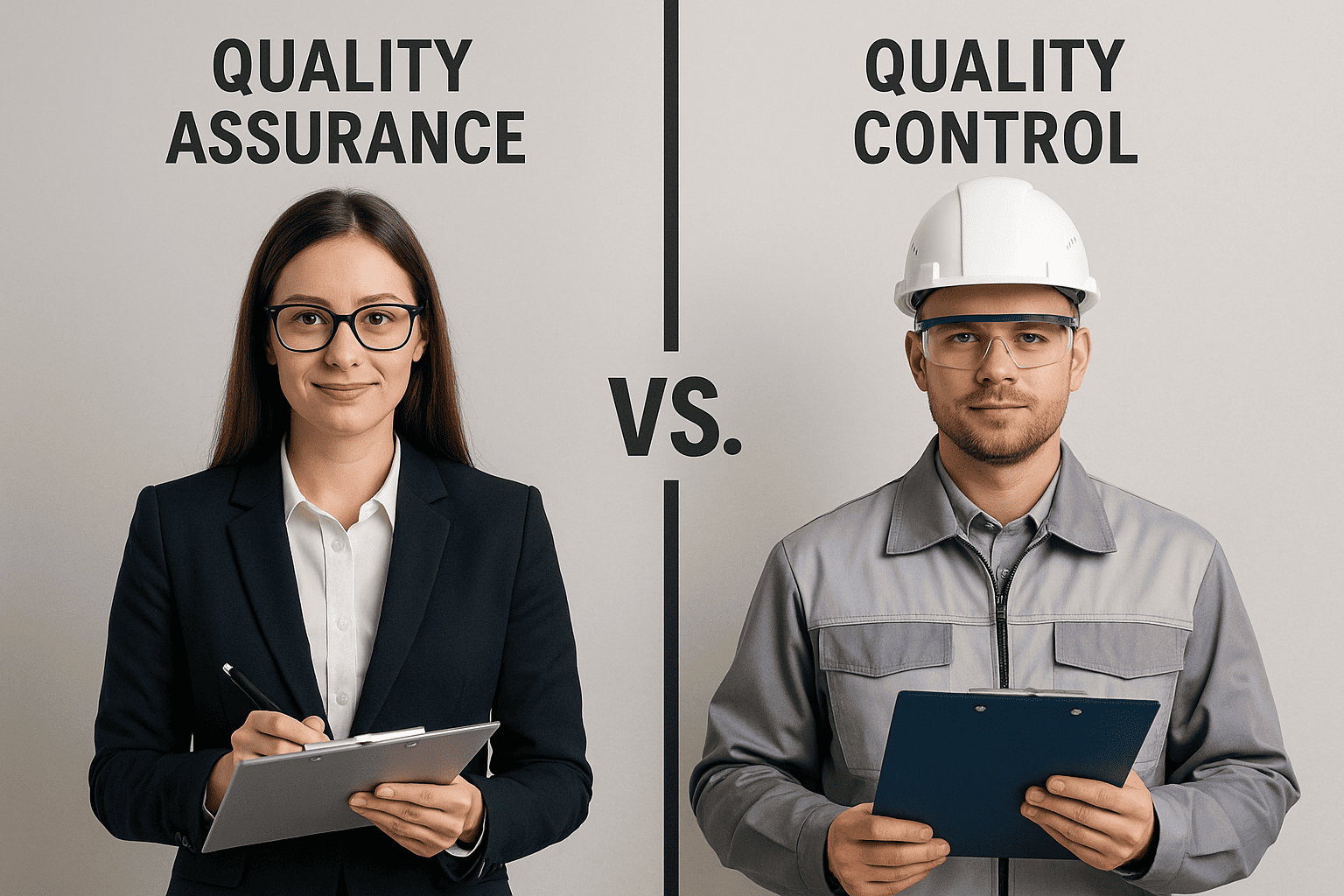

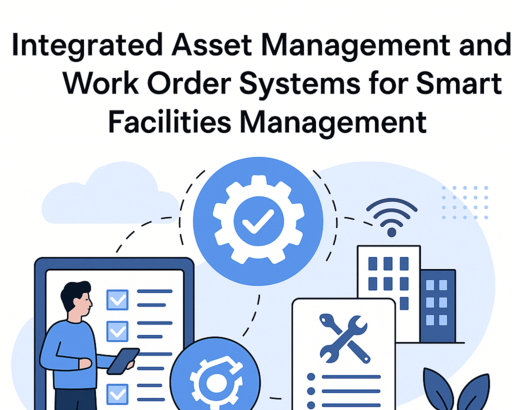
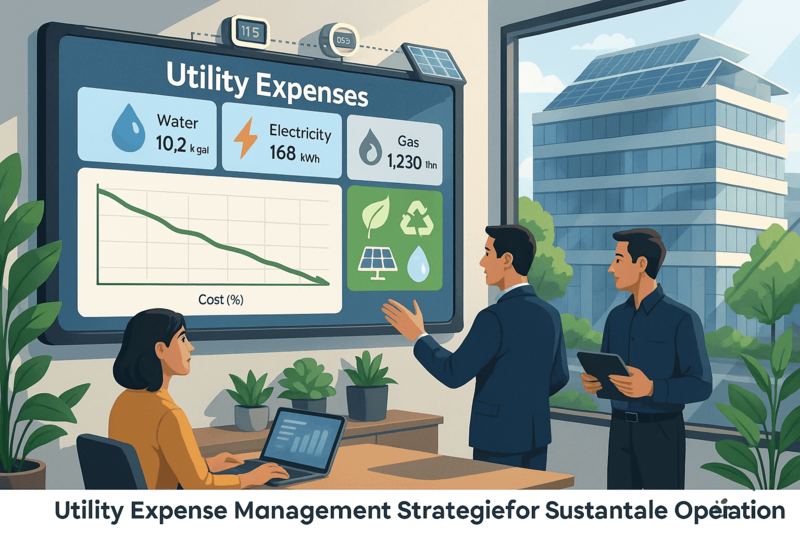


.png)




.png)
















.jpeg)





